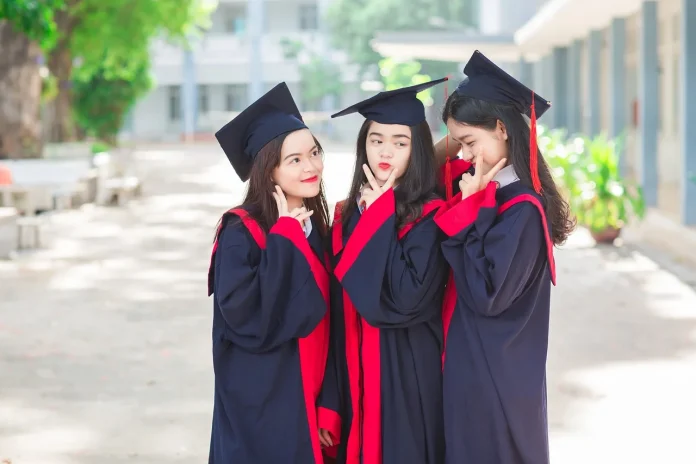The Indian education system is one of the oldest, starting from the Gurukul system. As we trickle down to the later stages, women slowly lost their importance in society and could not enroll themselves in any valuable positions, whether in school or other situations in society.
However, modern India maintains a 70% literacy rate for women. Let us have a look at the barriers that restricted women from pursuing education in early India;
Position of Women in the Society
Education was not perceived as that important at all, especially for the position women held in society. They were involved in activities such as cooking, washing, and everything else that did not require official training. This societal barrier was one of the first problems that caused a challenge, despite women having the willingness to learn.
Lack of Infrastructural Facilities
Back then, ancient India did not have developed infrastructural facilities. Women were allowed to have separate bathrooms only in their households. Outdoors, they had to take care of everything else in the given infrastructural facilities. It was impossible to accommodate all-girls schools, assuming nobody found the need for it.
There were no provisions for co-education since the men believed in having a gurukul. They learned hunting, foraging, and so much more, assumed as only a masculine skill and something women would not be able to learn, let alone master.
Child Marriage
Modern India also faces multiple incidents of child marriages in some states responsible for luring the desire to have a female child. There is a belief that a female child is to be married off; there is no other social and societal importance for them as independent persons, being associated with only their families and husbands. This leads to child marriages, even today. However, we made this illegal a very long time ago as people disapproved of the practice during the British Raj.
Women and Education in the Colonial Era
When the English, French, and Portuguese first came to India, all they had in mind was to trade and practice similar activities. They did not have much in mind, but the British Raj had to bring about significant changes in our education system and it was a great success because these reforms promoted education among all and not only men.
The Hunter Commission
This is one of the earliest known reports that promoted and reformed the education system in 1882, recommending that women are to be included. According to this;
- Literate candidates would be preferred for government jobs, even for lower positions.
- Primary education management and responsibility were handed over to district, local, and municipal governments.
- Multiple secondary and high schools were to be established and modeled entirely by the state. Academic and vocational course revisions were made for secondary school curriculums.
- Promoting missionary schools were scratched, and private school systems made themselves prominent, encouraging women to enroll.
Personalities Promoting Educating the Women in India
Multiple freedom fighters, eminent personalities, and social reformers supported women in their views and freedom, and they knew this was possible only by educating them. The most important names are;
- Raja ram Mohan Roy
- Jyothi Rao Govindrao Phule
- Ishwar Chandra Vidyasagar
They established multiple organizations that uplifted women. These were the baby steps leading to a complete transformation of people’s mindsets. Today, edtech tools like school LMS are playing their roles in making education accessible to all.
Modern India Reforms
Over the years, India took multiple twists and turns to educate women, promote healthy families, encourage people to seek family planning, and reduce female infanticide. You might find multiple gender equality and save girl child programs, but here are the top reforms that are still relevant to educate the women of present India;
Marriage Age Reforms
In multiple states, the Marriageable age of women has gone a significant change. First, it was 18. Now there are petitions to change it to 21, so women have other things in mind, like education in their earlier stages of life.
Beti Bachao, Beti Padhao
This was launched in 2015 by the Prime Minister to promote education among women.
UDAAN
An establishment of CBSE boards to support girls seeking education by providing physical and virtual learning resources like LMS Portals, books, and other essentials.
Women have been gaining importance in every sphere of society, not just education, establishing themselves as equal members. A good education sets a great foundation for responsible and capable individuals first and citizens next.


